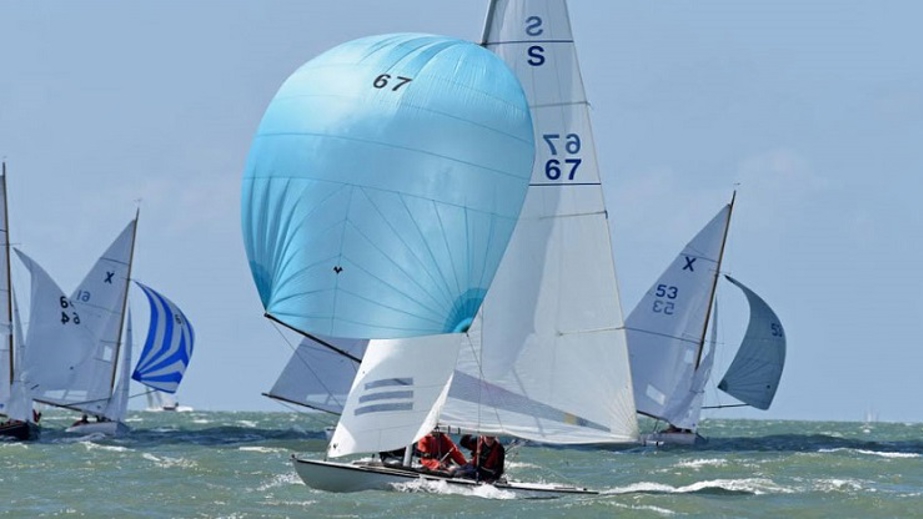National classes
Discover the 11 national dinghy and keelboat classes governed by the RYA, learn about the details of each class including specifications and racing opportunities
Albacore
The Albacore is a double handed dinghy with fleets in the UK, America, and Canada. The class is restricted, meaning that the hull shape and sail plan are unable to change year to year. Albacores are considered identical for the purpose of racing and can race together without a handicap.
For those learning to sail, the Albacore is a great first boat to master the basics whilst experiencing speed and agility. For seasoned racers, the Albacore offers a challenging pace to hone and tuning your tactical skills. Discover more about the Albacore class rules.
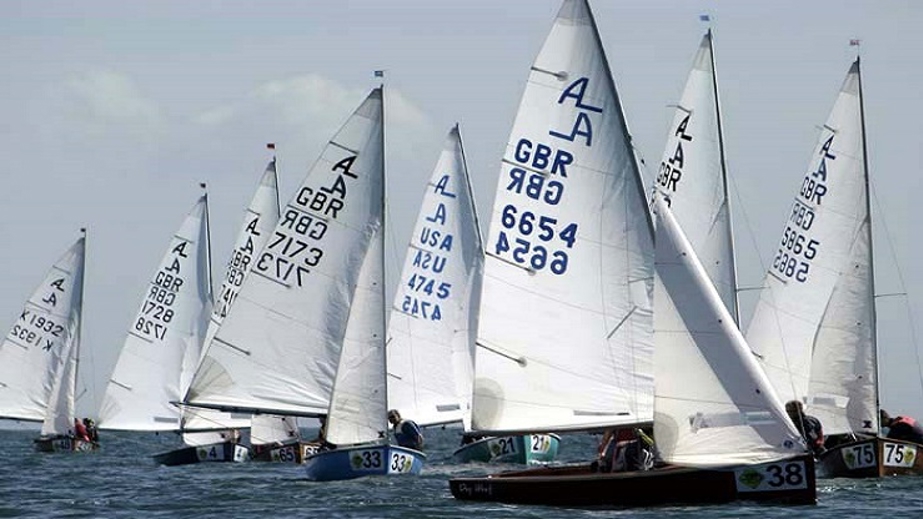

Eighteen
The Eighteen is a traditional design which has been greatly modernised over the course of its life. Originally the eighteen was a classic 18-foot sailing dinghy established in 1938, offering an affordable option for competitive sailors across the British Isles.
The Eighteen has built on its success for over 75 years, creating a family orientated class association with a great social scene and boats across all vintages. The class is governed by a set of restricted development rules administered by the RYA.
Firefly
The Firefly was one of the first production dinghies ever built in large numbers, long before the days of glass reinforced plastic boats. This put dinghy sailing within financial reach of many people, making the Firefly a popular team racing boat with an active open and national circuit.
Once an Olympic singlehanded class the Firefly has been around for 50 years and is an excellent team racing boat.
The Firefly is a great, social fleet to join. Whether you’re looking for good quality fleet racing, are returning to the sport, want to get the kids involved or are just starting out yourself. >Discover more about the class rules

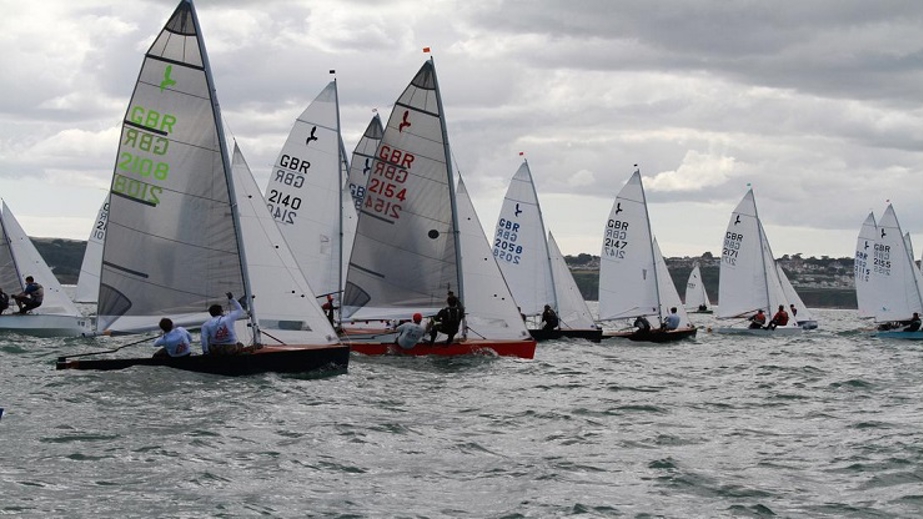
Hornet
The Hornet carries a mainsail, headsail and symmetric spinnaker and has a single trapeze for the crew. It is sailed by people of all ages and abilities as can be seen competing at open and national events.
The National Hornet is an RYA class, with closed class rules. The intention of these closed class rules is to ensure that all boats are similar in terms of hull form, sailing weight, sail plan and mast weight. Therefore, hornet hulls, hull appendages, rigs and sails are measurement controlled.
Merlin Rocket
The Merlin Rocket is a 14-foot dinghy sailed in the UK. It is designed around a box rule, meaning that all class boats need to be within a certain length and width, but can be any shape. It is a development class where only a few hull dimensions are controlled, offering freedom to designers to develop their best hull shapes.
The Merlin Rocket attracts the top crews because of its versatility and thoroughbred handling characteristics. It combines the boat handling and tactical racing of more traditional designs with the speed and excitement of the modern designs. Discover more about the class rules.

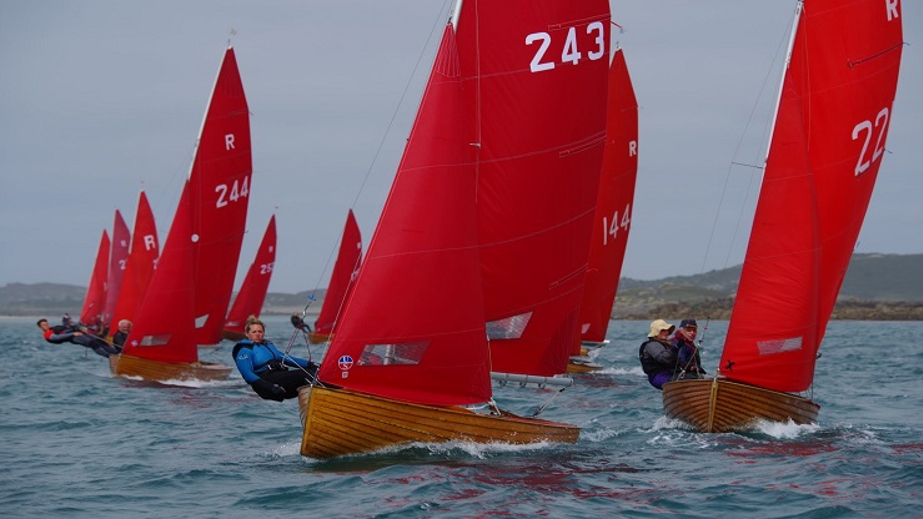
Redwing
The Redwing is a 2-person dinghy without spinnaker but with one trapeze for the crew popular in Looe and the Channel Isles. After the Second World War interest returned to sailing and more boats were built to the Redwing design. Since then, there have been a few, mostly minor and sympathetic changes to the rules governing the Redwing class.
Although the class is relatively small there are a few fleets of Redwings located across the UK which are raced enthusiastically, often all year round. class rules.
Scorpion
The Scorpion is a responsive boat with a light hull that gives excellent acceleration. The ability to adjust the rig while sailing means that the Scorpion can be raced in most types of conditions.
The rules for the National Scorpion Class are closed class, meaning anything not specifically allowed by the class rules is prohibited. The rules are intended to ensure that boats in the National Scorpion Class are as similar possible. This is in terms of the shape and weight of hull, hull appendages, spars, and sails, and in all respects affecting performance. Find out more about the class rules.


Solo
The Solo is a single-handed double chined hull with a stayed rig supporting a large fully battened mainsail. Originally designed in wood, competitive solo boats are now widely available in Foam Reinforced Plastic (FRP) or composite construction (FRP hull and wood deck) as well as all wood construction.
The primary objective of this Class Association is to promote racing in Solos and to stimulate single handed sailing. Learn more about the Solo class rules
Sonata
The Sonata is a small keelboat with multiple sail options and the choice of a fixed or lifting keel. While it is no longer built, the Sonata comes in both fixed keel and lifting keel versions and is suitable for racing or cruising.
Many sailing clubs have adopted the Sonata as a one-design class and most of the major regattas have a Sonata start. The Sonata is a National class in the United Kingdom and is raced across the country. The class and it's rules are governed by the National Sonata Association in conjunction with the Royal Yachting Association.
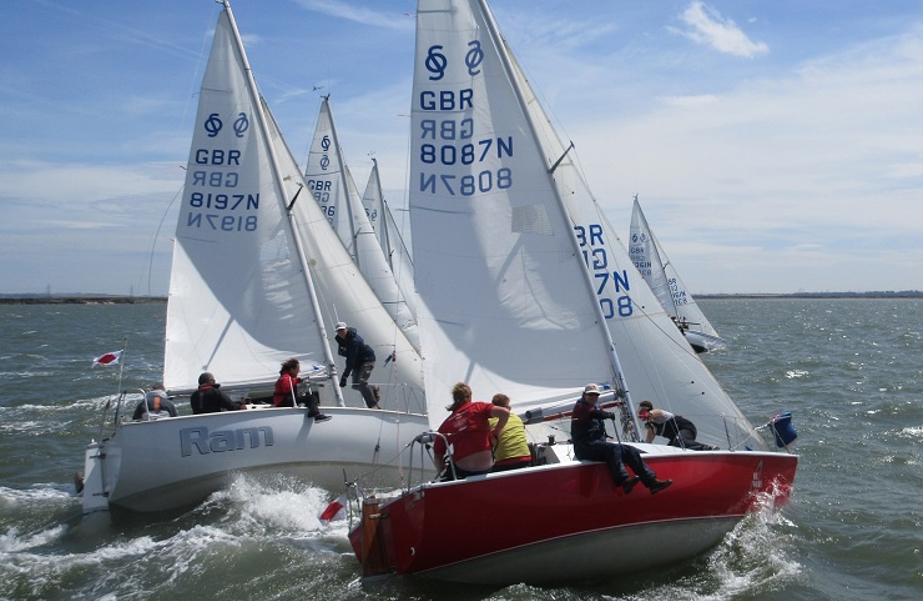
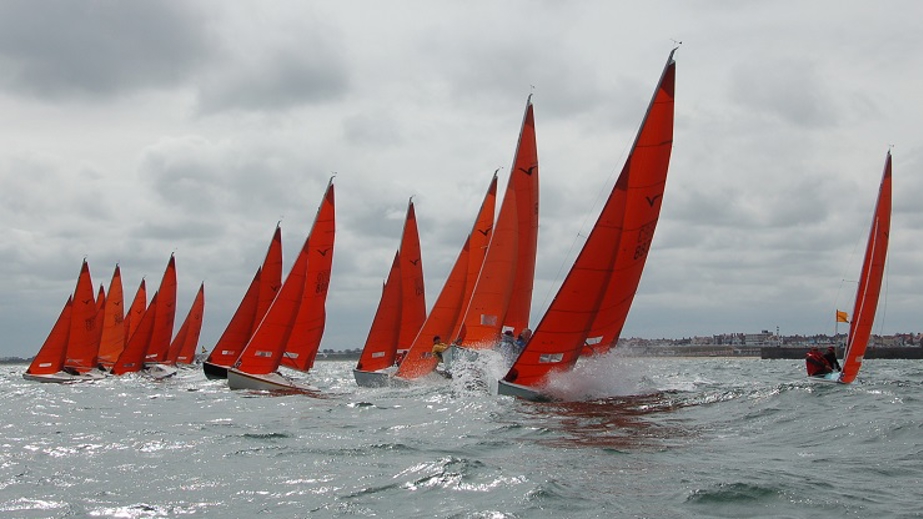
Squib
The Squib is a two-man keelboat sailed with a symmetric spinnaker, measuring seven metres long. Squibs are favoured as exciting racing boats due to their strength and safe design, as well as teaching boats. It has proved itself as a classic racing keelboat, with a vibrant and strong class association and active fleets around the UK and Ireland.
The Squib has one of the largest National Championship fleets of any class, ranking consistently in the top ten and in the top three of adult two person boats. Discover more about the rules of this class.
Swallow
The Swallow is a classic dayboat which carries a mainsail, headsail, and symmetric spinnaker. It is a light displacement keelboat usually sailed with a crew of three. The Swallow is ideal for those who wish to transition from racing dinghies to more fast-paced competitive keelboat racing.
As a National Class, the rules and affairs of the Swallow class are regulated by the Royal Yachting Association. Many Swallows are owned by syndicates. With the quantity of racing on offer this is a great option to ensure that you always have someone to sail with.
